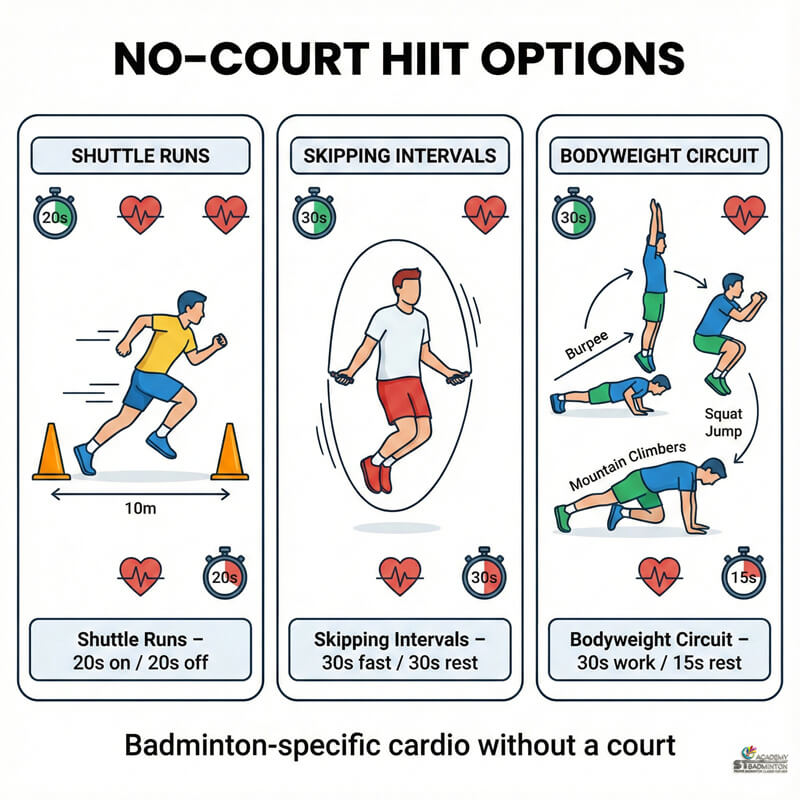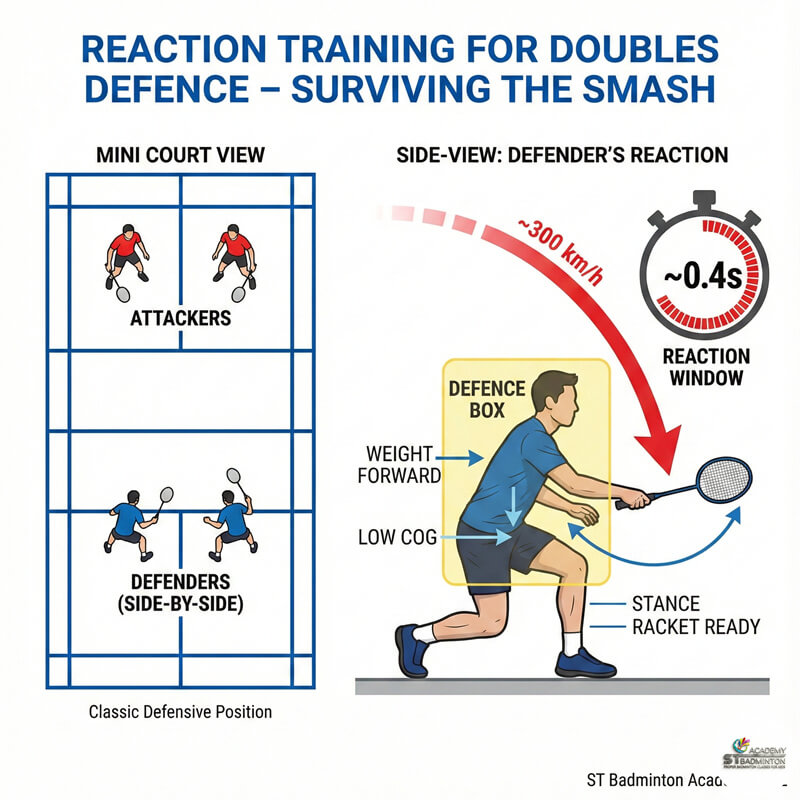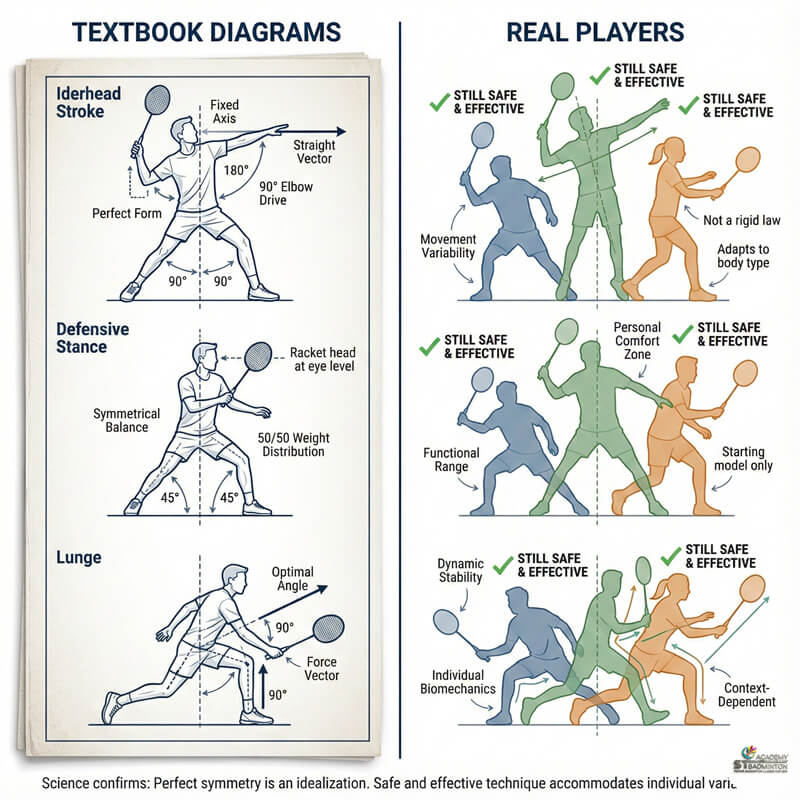Welcome to ST Badminton Academy’s badminton training in Malaysia! I’m here as your personal training coach to provide some great tips and advice on how to make sure your body is properly prepared before every match. Warming up is a crucial part of any athlete’s routine, so it’s important that we take a few minutes each day to focus on our pre-game preparation. In this article, I’ll be sharing my knowledge on what are the best warm-up exercises for badminton training – so let’s get started!
Dynamic Stretching
As a badminton training coach, I always recommend that my students start with dynamic stretching exercises. This helps them get their muscles warmed up and ready for more intense exercise. Dynamic stretching drills involve the movement of the body to stretch specific muscle groups. It can be done in many different ways, from jumping jacks to balancing work on one leg.
One example of an effective dynamic stretching drill is alternating lunges with arm circles. Start by standing tall with your feet together then step forward into a lunge position while simultaneously extending both arms out wide to make large circular motions forward and backward. After completing 10-15 repetitions on each side, you should feel your legs and upper body become loose and limber.
Dynamic stretching exercises are essential for any badminton player who wants to perform at their best level during practice or competition. Not only do they help reduce the risk of injury but they also improve flexibility and coordination – two key skills necessary for success in this sport!
With proper warm-up exercises, players will be able to move faster and react quicker than ever before. From here we can transition into cardiovascular activity which is equally important for building endurance…
Cardiovascular Activity
To get your blood pumping for badminton training, it’s time to move on to some cardiovascular activity. This can be anything from running or jogging around the court, skipping rope, jumping jacks, and even shadowing footwork drills! Not only will these exercises help build endurance and speed in gameplay, but they will also help improve balance too.
Incorporating balance drills like one-legged hops and single-leg jumps into a warmup routine are great ways to keep you stable while executing quick movements during matches. Balance is key when facing tough opponents who have powerful smashes! You should practice jumping side-to-side with both feet off of the ground simultaneously while controlling your body weight.
The last step before core strengthening is working on those footwork drills. To really up your game, work on pivoting quickly by rotating at different angles and directions. Footwork isn’t just about moving forward or backward; it’s also about changing direction rapidly as well.
Developing faster reflexes and reaction times are essential for success in this sport so make sure to take advantage of that aspect of your training too! Moving quickly between shots can often be the difference between winning or losing a match. With all these components put together, you’ll see a drastic improvement in no time!
Core Strengthening
I’m here to talk about core strengthening warm-up exercises for badminton training. For core stability, I recommend doing a series of planks and bridges. For dynamic stretching, I suggest starting with a few rounds of jumping jacks and high knees. And don’t forget about abdominal exercises, which can be done through crunches and sit-ups. All of these exercises will help you get ready for your badminton training and give you an edge! So let’s get started!
Core Stability
When it comes to warming up for badminton training, core stability is a necessity. I always like to start off with some muscle activation exercises that really get the body ready for movement. A few of my favorites include side planks, bridges, and bird-dogs – these are great for helping to engage your stabilizing muscles while also promoting proper postural alignment.
Make sure you focus on activating those deep core muscles and maintaining spinal integrity throughout each exercise! Once you have completed several rounds of this type of activity, then you’re ready to launch into more dynamic movements as part of your warm-up routine. This will set your body up perfectly for whatever badminton challenges await in the days ahead.
Dynamic Stretching
Alright, now that we’ve got our core muscles activated and ready to go, let’s move on to dynamic stretching. This is an important part of the warm-up process as it helps to get your joints moving through their full range of motion. I like to start with some arm circles – rotating them in both directions for a few reps each way.
Then follow this up with some ankle bounces which help promote flexibility in those hamstrings and calves. These exercises will not only help you feel more prepared for action but also reduce your risk of injury during badminton training sessions. So make sure you include these essential stretches in your warm-up routine every time!
Abdominal Exercises
Now that we’ve got our dynamic stretching out of the way, let’s move on to abdominal exercises. Other than choosing a good racket and also remember to choose the best racket restring in Malaysia. Strengthening your core muscles is an important part of any badminton training program and these exercises will help you to perform at your best.
As you do each exercise it’s important to focus on your breathing technique so that you can get the most out of them – inhale deeply through your nose and exhale slowly as you contract those abs!
One of my favorite ways to target all the major abdominal muscle groups is by using a stability ball for crunches or planks. These are great for developing balance and coordination too! So don’t neglect this area when putting together your warm-up routine, as it can really make a difference in how well you play during matches.
Plyometrics
Plyometrics are an important part of any badminton training routine. Did you know that studies have shown plyometric exercises can increase vertical jump height by up to 20%? That means you could be smashing the shuttlecock higher than ever before! As your coach, I highly recommend incorporating some speed and agility drills with plyometrics into your warm-up routine.
Start off with a few simple jumps such as squat jumps, tuck jumps or split lunges. Focus on keeping your form tight so that each rep is explosive and powerful. When you’re feeling more comfortable, move onto jumping box drills like alternating broad jumps and lateral bounds. These will challenge both your coordination and balance while also increasing leg strength and power.
After completing these exercises, it’s time to transition into foam rolling – another great way to help keep your body limber during practice sessions. Through dynamic stretching and self-myofascial release techniques, foam rolling releases tension in muscles which helps reduce the risk of injury while improving mobility and flexibility.
Foam Rolling
I’m a big fan of foam rolling in my badminton training sessions. It’s an effective way to help improve your muscle recovery and, if done correctly, can make all the difference for athletes looking to maximize their performance.
Foam rolling is a simple but powerful exercise that helps increase blood flow through the body by releasing tension in muscles that have been tightened after intense physical activity. This can be extremely helpful when it comes to strengthening those muscles used during badminton skills-based drills. When you take time after each session to roll out tight areas of your body with a foam roller, you will be able to hit the court more energized and ready to perform at your best!
Another great benefit of foam rolling is improved flexibility, which makes it easier to execute complex techniques on the court without risking injury or fatigue. Taking a few minutes before or after each practice or game can go a long way toward improving your mobility and overall athleticism as well.
| Benefits of Foam Rolling |
|---|
| Improved Flexibility |
| – Easier execution of complex techniques on the court |
| – Reduced risk of injury and fatigue |
| – A few minutes before/after practice or game enhances mobility and athleticism |
| Improved Muscle Recovery |
|---|
| Increased Blood Flow |
| – Promotes better circulation throughout the body |
| – Facilitates nutrient delivery to muscles for faster recovery |
| Reduced Tension in Tight Muscles |
|---|
| Enhanced Overall Flexibility |
| – Allows for better range of motion and flexibility |
| – Contributes to improved athletic performance |
Learn Proper Warm-Up Exercise in Badminton Training Malaysia
As your badminton training coach, I want to make sure that you are doing the best warm-up exercises so you can perform at your peak level. These five exercises will help prepare your body and mind for an intense game of badminton.
Dynamic stretching helps with flexibility, the cardiovascular activity gets your heart rate up, core strengthening increases stability in those crucial shots, plyometrics gives you explosive power when needed, and foam rolling aids recovery after a hard session on the court. All these activities combined together provide a comprehensive way to get ready for your next match!





